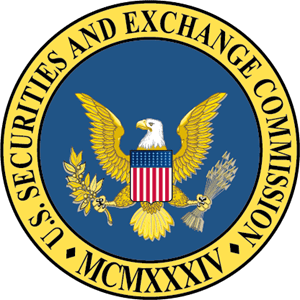onSecurity Podcast – Episode 20: Engaging with Attackers
Listen on Spotify or Apple Podcasts
As the tactics of hackers and threat actors evolve, organizations are finding themselves in unknown, uncomfortable, and unsafe situations. When it becomes necessary to engage or negotiate with hackers, experts can offer their experience and resources to ensure the most positive outcome possible.
In this episode of onSecurity, Stel is joined by Marc Grens, Co-Founder and President of DigitalMint. Marc goes into the often unknown details about how companies engage with ransomware attackers and shares some surprising experiences.


